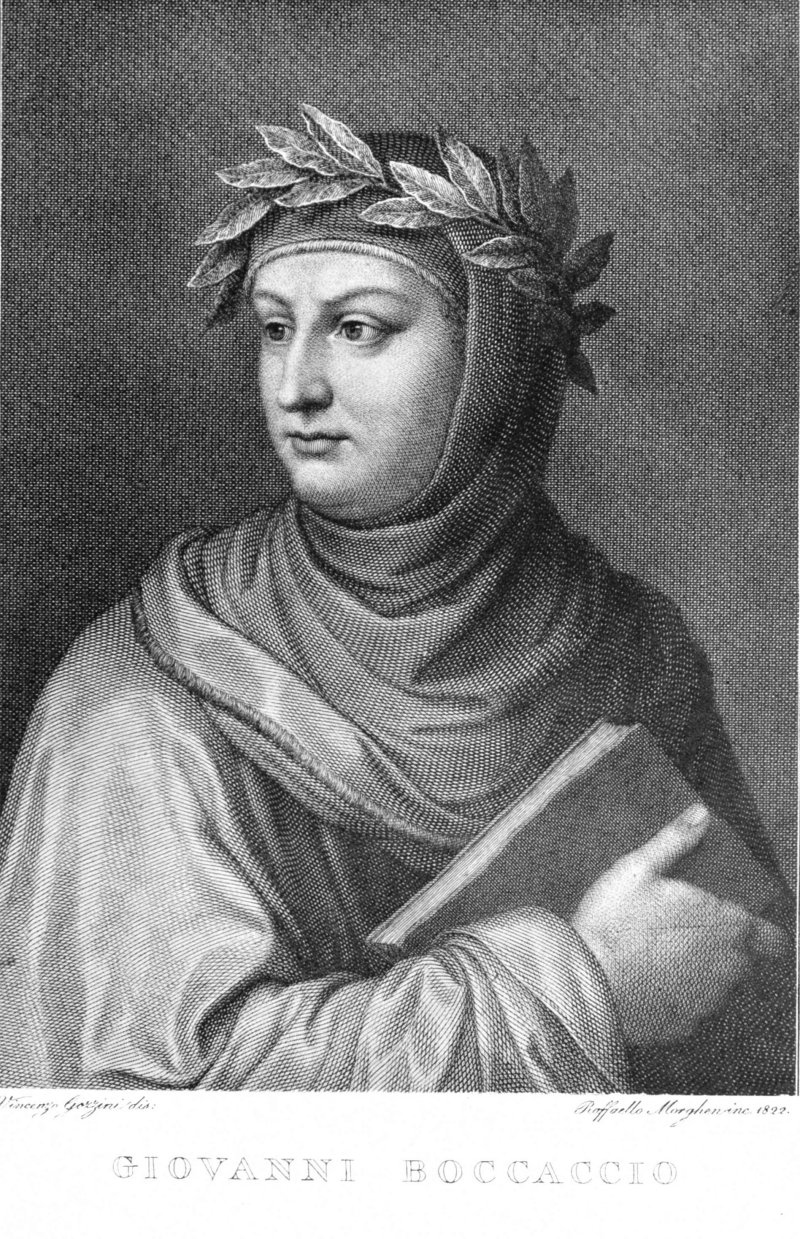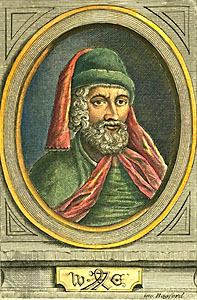High Wycombe, often referred to as Wycombe, is a large town in Buckinghamshire, England. It is 29 miles west northwest of Charing Cross in London; this information is also engraved on the Corn Market building in the centre of the town. - Wikipedia
Robert Banks Jenkinson, 2nd Earl of Liverpool KG PC (7 June 1770 – 4 December 1828) was an English politician and both the youngest and longest-serving Prime Minister (1812–27) since 1806. - Wikipedia
The Prince Frederick, Duke of York and Albany KG GMB GCH (Frederick Augustus; 16 August 1763 – 5 January 1827), was the second son and child of King George III of the United Kingdom and a member of the House of Hanover. From the death of his father in 1820 until his own death in 1827, he was the heir presumptive to his elder brother, King George IV, both to the United Kingdom and the Kingdom of Hanover. - Wikipedia
William Caxton (c. 1422 – c. 1491) was an English merchant, diplomat, writer, and printer. He is thought to be the first English person to work as a printer and the first to introduce a printing press into England, which he did in 1476. He was also the first English retailer of printed books; his London contemporaries in the trade were all Flemish, German, or French. - Wikipedia
Floors Castle, in Roxburghshire, south-east Scotland, is the seat of the Duke of Roxburghe. - Wikipedia
John Ker, 3rd Duke of Roxburghe KG, KT, PC (23 April 1740 – 1804) was a Scottish nobleman and bibliophile.
Born in Hanover Square, London, on 23 April 1740, Ker succeeded his father to become the 3rd Duke of Roxburghe in 1755. During his Grand Tour in 1761 he fell in love with Christina Sophia Albertina, oldest daughter of the Duke of Mecklenburg-Strelitz.[1] This would have been a perfect match of social equals. Shortly afterwards a younger sister, Charlotte of Mecklenburg-Strelitz, became engaged to King George III. It was considered bad etiquette for an elder sister to marry someone of lower rank than a younger sister. For whatever reason, both John Ker and Christina separated and remained single for the rest of their lives. If George III recognised the sacrifice that Ker had made, it was rewarded with a high position at court. He was Lord of the Bedchamber from 1767, was appointed a Knight of the Thistle in 1768. In 1796 he was appointed Groom of the Stole and made a Privy Counsellor. He was appointed a Knight of the Garter in 1801.
While in Italy, Ker saw a first edition of Boccaccio's Decameron, often called the Valdarfers edition. This was a fabled book, which many said did not exist. He paid 100 guineas for it and showed it to his friends in London to huge acclaim. For the next 40 years he collected ancient and curious books, particularly editions of Shakespeare's works and other works which merely mentioned Shakespeare. At his death in 1804 there were 10,000 items. Most were books, but there were also pamphlets and broadside ballad sheets. His library was auctioned in 1812, leading to the formation of the Roxburghe Club. His collection of ballads were later published as the Roxburghe Ballads.
He died unmarried and childless, and the titles Earl Ker and Baron Ker, which had been created for his father in 1722 in the Peerage of Great Britain, became extinct. His cousin William Bellenden, 7th Lord Bellenden succeeded to the dukedom and all of its other subsidiary titles. - Wikipedia
Giovanni Boccaccio 1313 – 21 December 1375)[1] was an Italian writer, poet, correspondent of Petrarch, and an important Renaissance humanist. Boccaccio wrote a number of notable works, including The Decameron and On Famous Women.
Christophorus Valdarfer was an early printer, active in Venice and Milan in the second half of the fifteenth century. - Wikipedia
The Decameron . . . is a collection of novellas by the 14th-century Italian author Giovanni Boccaccio. The book is structured as a frame story containing 100 tales told by a group of seven young women and three young men sheltering in a secluded villa just outside Florence to escape the Black Death, which was afflicting the city. - Wikipedia
Update April 2016 replaced missing picture.
 |
| Giovanni Boccaccio |
Christophorus Valdarfer was an early printer, active in Venice and Milan in the second half of the fifteenth century. - Wikipedia
The Decameron . . . is a collection of novellas by the 14th-century Italian author Giovanni Boccaccio. The book is structured as a frame story containing 100 tales told by a group of seven young women and three young men sheltering in a secluded villa just outside Florence to escape the Black Death, which was afflicting the city. - Wikipedia
Update April 2016 replaced missing picture.










No comments:
Post a Comment